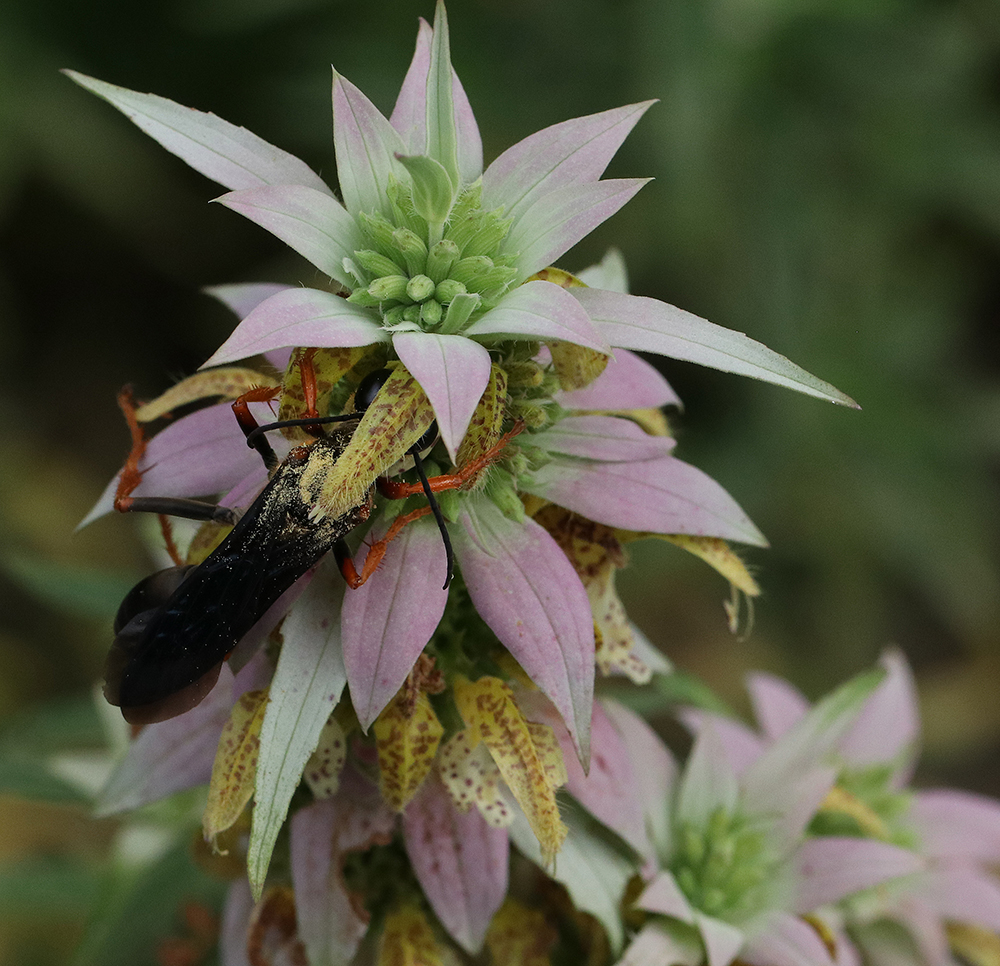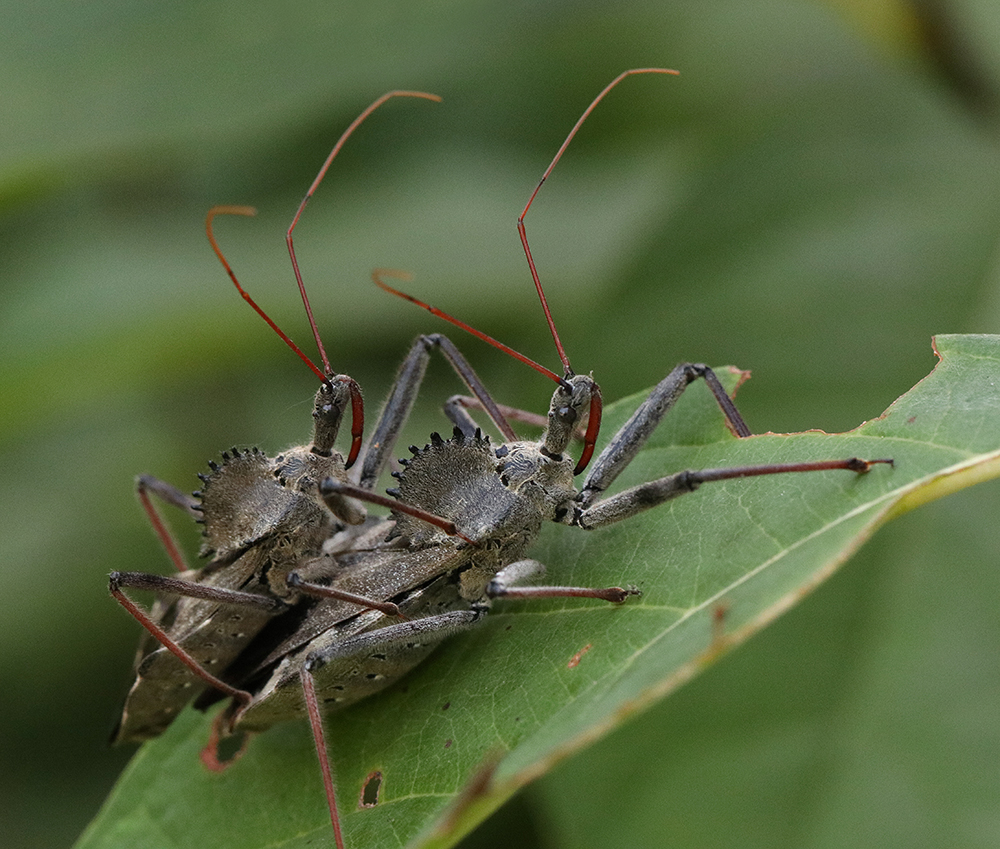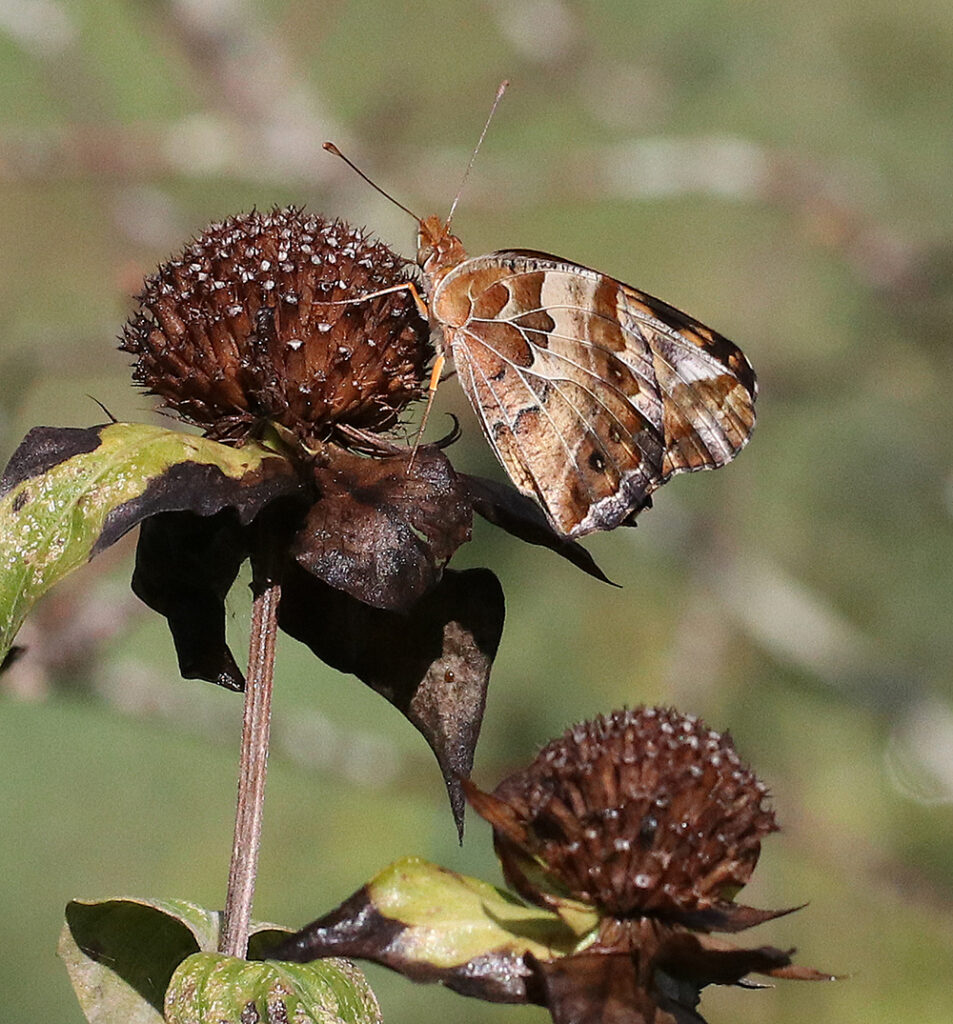Late Summer 2022 Snapshots From Extension’s Pollinator Paradise Garden
go.ncsu.edu/readext?885895
en Español / em Português
El inglés es el idioma de control de esta página. En la medida en que haya algún conflicto entre la traducción al inglés y la traducción, el inglés prevalece.
Al hacer clic en el enlace de traducción se activa un servicio de traducción gratuito para convertir la página al español. Al igual que con cualquier traducción por Internet, la conversión no es sensible al contexto y puede que no traduzca el texto en su significado original. NC State Extension no garantiza la exactitud del texto traducido. Por favor, tenga en cuenta que algunas aplicaciones y/o servicios pueden no funcionar como se espera cuando se traducen.
Português
Inglês é o idioma de controle desta página. Na medida que haja algum conflito entre o texto original em Inglês e a tradução, o Inglês prevalece.
Ao clicar no link de tradução, um serviço gratuito de tradução será ativado para converter a página para o Português. Como em qualquer tradução pela internet, a conversão não é sensivel ao contexto e pode não ocorrer a tradução para o significado orginal. O serviço de Extensão da Carolina do Norte (NC State Extension) não garante a exatidão do texto traduzido. Por favor, observe que algumas funções ou serviços podem não funcionar como esperado após a tradução.
English
English is the controlling language of this page. To the extent there is any conflict between the English text and the translation, English controls.
Clicking on the translation link activates a free translation service to convert the page to Spanish. As with any Internet translation, the conversion is not context-sensitive and may not translate the text to its original meaning. NC State Extension does not guarantee the accuracy of the translated text. Please note that some applications and/or services may not function as expected when translated.
Collapse ▲In late 2008, I planted a demonstration pollinator garden at Chatham Mills to provide forage from early spring to late fall for pollinators such as honey bees, native bees, butterflies, flower flies, hummingbirds, beetles, and other beneficial insects. The garden features over 225 unique species of perennials, 85% of which are native to North Carolina. The garden is a great teaching tool that I use to conduct workshops and tours for hundreds of folks each year. It has taught me so much and I enjoy sharing this knowledge with others.
Below you can see photos of the pollinator garden from mid-August through early September. There were over 50 species in bloom in early September! Each photo has a caption with details about the image.
Visit the Pollinator Garden website.
Register for a Fall Tour of the Pollinator Paradise Garden.

Hummingbird moth nectaring on native field thistle. Photo by Debbie Roos.

Black swallowtail chrysalis on bronze fennel. Photo by Debbie Roos.

Black swallowtail caterpillar on bronze fennel. Photo by Debbie Roos.

Eastern tiger swallowtail butterfly on buttonbush. Photo by Debbie Roos.

Awe-inspiring bloom of native purple passionflower. Photo by Debbie Roos.

Robber fly, a.k.a. bee panther, on buttonbush. Photo by Debbie Roos.

Rattlesnake master backed by obedient plant. Photo by Debbie Roos.

American beautyberry berries starting to turn in late summer. Photo by Debbie Roos.

Green lynx spider. Photo by Debbie Roos.

Great blue lobelia with oxeye daisy. Photo by Debbie Roos.

Carolina anole on swamp rose mallow. Photo by Debbie Roos.

Katydid wasp on spotted horsemint. Photo by Debbie Roos.

Juvenile Carolina anole temporarily caught in spider web on flowering spurge (it broke free moments later). Photo by Debbie Roos.

Spring peeper on cup plant. Photo by Debbie Roos.

Male green lynx spider (top) pursuing a female to mate. Photo by Debbie Roos.

Flower buds of swamp rose mallow. Photo by Debbie Roos.

Black and yellow garden spider. Photo by Debbie Roos.

Egg sac of black and yellow garden spider. Photo by Debbie Roos.

Mating wheel bugs, North Carolina’s largest assassin bugs, on spicebush. Photo by Debbie Roos.

Spurred butterfly pea vine. Photo by Debbie Roos.

Golden-reined digger wasp on yellow passionflower. Photo by Debbie Roos.

Variegated fritillary butterfly chrysalis. Photo by Debbie Roos.

This variegated fritillary butterfly just eclosed (emerged) from the chrysalis in the previous photo. Photo by Debbie Roos.


